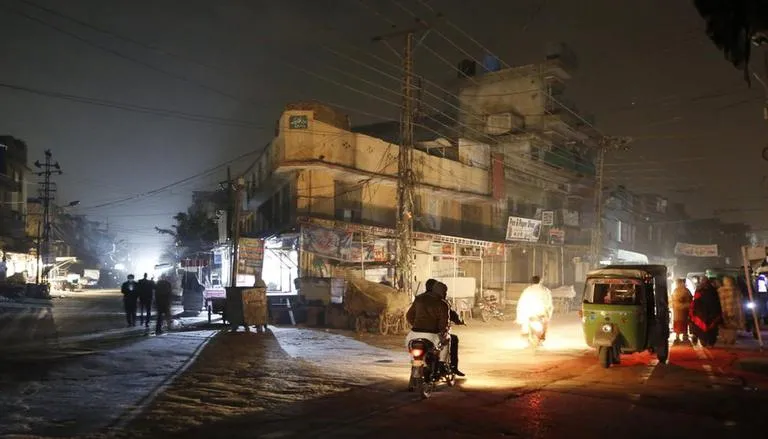Pakistan has resorted to cutting electricity to households and industry as it no longer could afford to buy coal or natural gas from overseas to fuel its power plants. The southeast Asian nation has been battered with acute fuel shortage with prices of coal and gas skyrocketing amidst the ongoing Russian invasion of Ukraine. At present, Pakistan’s energy cost stands at nearly US$15 billion, which is almost double what was nine months ago.
In a Twitter post, Miftah Ismail, who has been selected as the country’s Finance Minister by the new Prime Minister Shehbaz Sharif, revealed that nearly 7140 megawatts worth of power capacity had been shut due to the fuel shortages or technical faults as of April 13. He questioned the ousted PM Imran Khan and his PTI party for the same. It is pertinent to note that the country has also been unable to spend more on additional shipments, triggering a situation when residents had to offer Ramzan prayers in darkness.
“Pakistan’s situation will not change in the near term since global dynamics are still the same,” Samiullah Tariq, head of research at Pakistan Kuwait Investment Co told Bloomberg. “There have been forced outages to deal with the energy shortages, he added further.
Assam Congress Chief Makes Huge Admission, Says More Could Follow Ripun Bora Out Of Party
‘We want to get out of this circle’
Pakistan has one of the lowest trade-to-GDP ratios in the world, at just 30%, according to the Asian Development Bank (ADB). Pakistan is a reasonably large country, according to the ADB, yet its trade openness remains shockingly low. Ethiopia, Brazil, and Sudan are the only countries with less open borders than Pakistan. Even after accounting for its relatively large size, Pakistan has traditionally endured uneven growth and is one of the least open economies in the world, according to the report. Pakistan’s economy and trade in the Age of Global Value Chains, according to the Asian Development Bank, are less open than India and even Bangladesh.

